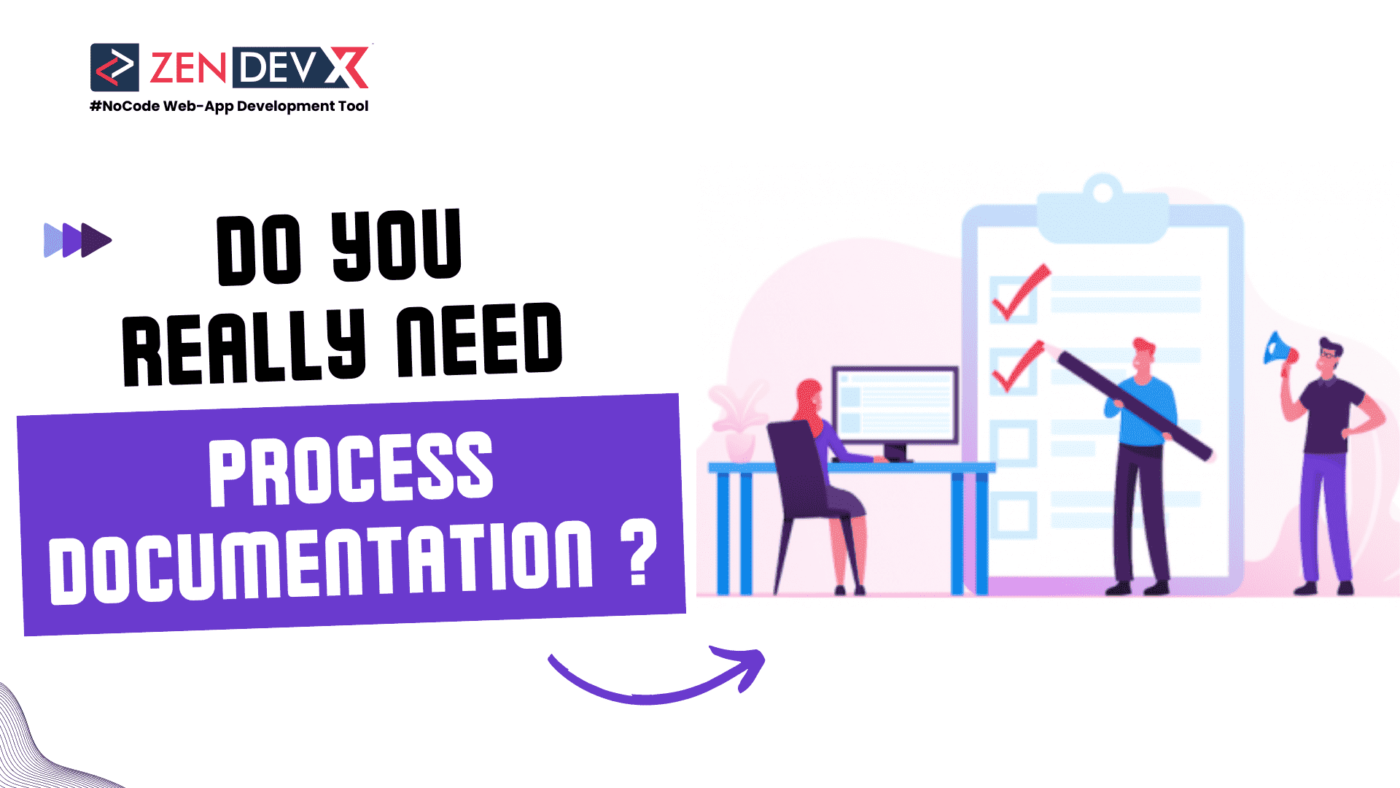Designed for BTPs and CIOs, this guide reveals how flexible process documentation is and investigates its magic for transforming your business. From boosting operations to preserving customer pleasure, this guide provides IT directors with the means to give process documentation strategic importance. Welcome and greet your digital competitive edge!
What is Process Documentation ?
An essential discipline of business process management, process documentation is the exhaustive overview of process phases from start to finish that shows how a process is executed. Usually shown in a flowchart, it gives personnel and management a clear, top-down perspective of process operations so they may understand them.
The Purpose of Process Documentation
What business process management seeks is what process documentation aims at. By enhancing basic practices, it increases operational agility and company performance. Process documentation allows staff members to learn from both mistakes and successes, therefore strengthening procedures by means of experience.
The Benefits of Documenting Processes
No matter how big or little any business is, process documentation is absolutely vital. Even if this is a one-man show, looking ahead when people and processes will be increased is absolutely vital. Lack of well-defined, approved policies leads to continuous inefficiencies at significant expenses to your business and regular blunders.
- Consistency: Less time is spent redefining the wheel; mistakes are less frequent.
- Efficiency: Effective processes are found and rebuilt using process documentation; recurring operations are automated to maximize efficiency and hence reduce running costs.
- Compliance: Showing that activities meet compliance requirements helps to reduce the costly risk of noncompliance.
- Engagement: Employees who take responsibility as they document processes and handle problems show higher degrees of engagement.
- Training: Simplify training; processed documents should provide staff workers with an easy road-ahead direction.
- Outsourcing: Well-defined procedures make it easy to bring on remote workers without sacrificing consistency.
- Continuity: Unplanned employee absences or turnover do not mean that process knowledge disappears.
- Protection: Both trade secrets and patents call rigorous procedural documentation for filing and defense.
Tools for Process Documentation
Rest assured; there are various tools available for developing process documentation even if starting it sounds daunting. Though the most basic tool for process documentation is Microsoft Word, its clunkiness and sharing tools are inappropriate. Web-based solutions allow much simpler editing and teamwork.
Most process documentation systems may be used for a range of organizational purposes; consequently, look for one that best meets your specific corporate needs to optimize value proposition.
Top Three Process Documenting Tools :
-
Lucid Chart: Designed for any-sized business, Lucid Chart is a flowchart tool with all the features needed to gracefully integrate with often used programs. Limited technical expertise users can generate aesthetically beautiful, professional diagrams and efficiently use its numerous capabilities by instinct.
-
Smart Draw: It is a diagramming application equipped with several templates to start you, just as Lucid Chart is. Since chart sharing and collaboration link with a broad spectrum of applications, they are easy. Smart Draw defines itself by simplicity of use and reasonably low cost.
-
Bit.ai If you are looking for a complete document collaboration solution, Bit.ai combines an almost endless number of possibilities on a clean, modern platform. Rich media can be added into their materials to offer still another degree of background.


